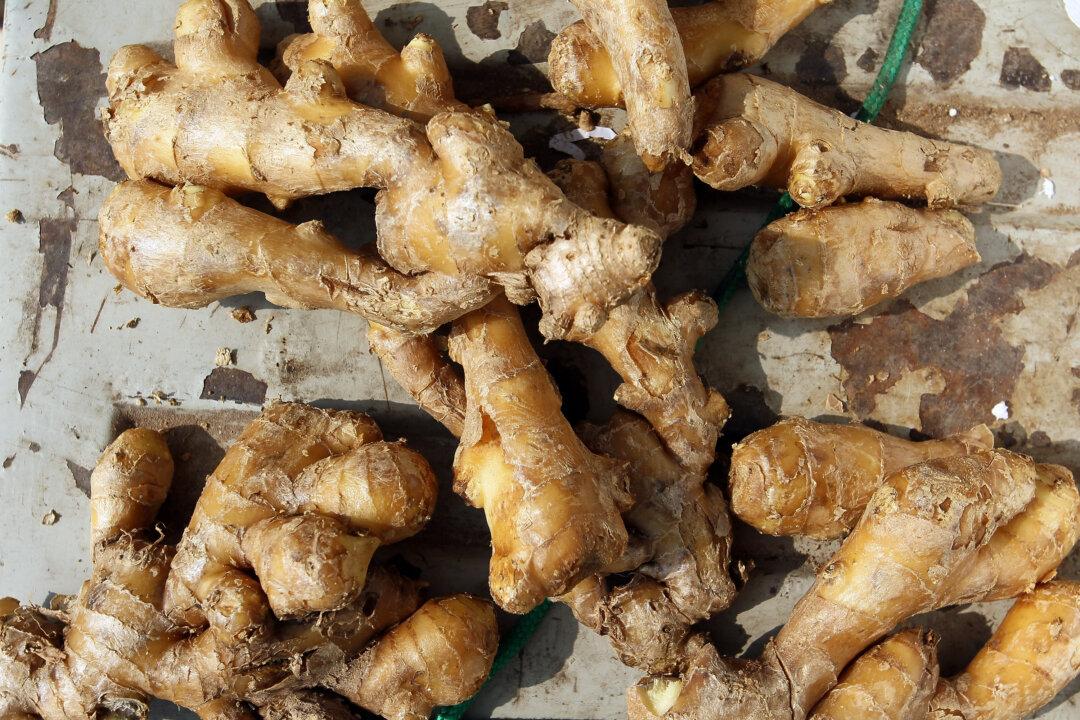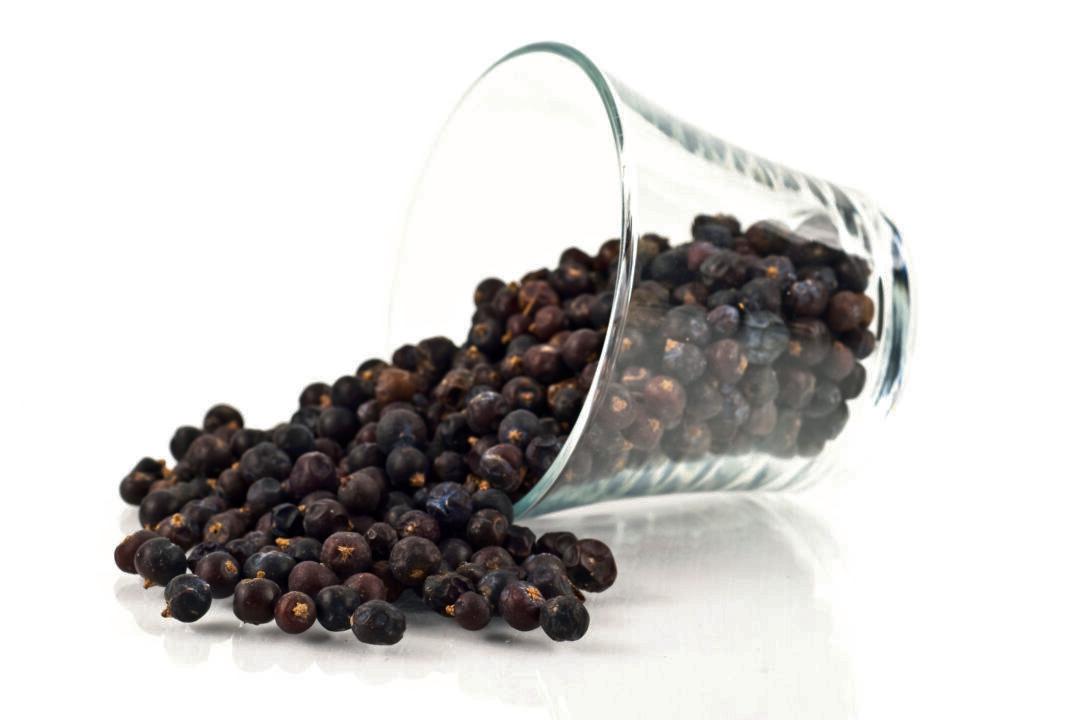Ginger is an Asian herb that is particularly well known to us in the West. Over time, and with trial and error, its stimulating properties and piquant flavor have been integrated into both our herbal “materia medica” and cuisine.
Brewed as an herbal tea, ginger root is particularly helpful for those people who have underactive stomachs and difficulty producing adequate amounts of the hydrochloric acid necessary to digest their food.





